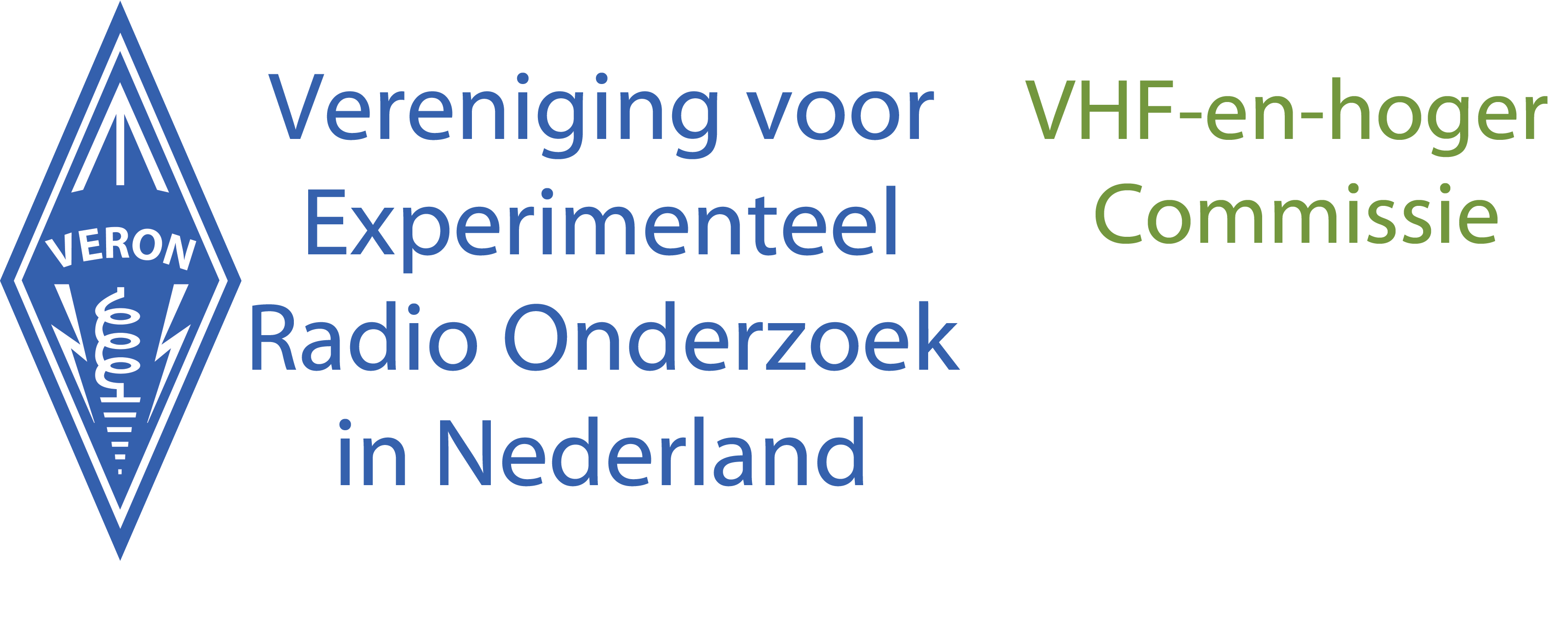IARU coördinatie van satelliet frequenties
IARU committed to only coordinate satellite frequencies within the internationally aligned IARU band plans.
The two metre amateur band is one of the most popular and populated bands in all the spectrum allocated to the amateur and amateur satellite services. This recently led to a request by satellite builders for coordination outside the spectrum reserved for satellites in the IARU band plans (145,800 – 146,000 MHz) as not enough channels are available to satisfy their requirements.
The IARU Satellite Adviser, Hans van de Groenendaal, ZS6AKV and his advisory panel are mandated to coordinate frequencies within the IARU band plans for amateur satellites. Coordinated frequencies must comply with band plans that are common to all three IARU Regions Satellites coordinated outside these plans could cause interference to terrestrial amateur operations in other regions. In theory satellites could be programmed so that they only operate over their country of origin. Because satellite orbits make it difficult to pinpoint operations, spill over to other Regions may occur during parts of the orbit. Accordingly, IARU will not coordinate frequencies for satellites which are planned to operate outside the internationally aligned IARU band plans for amateur satellites.
The IARU offers frequency coordination in an effort to maximise spectrum utilisation and avoid possible interference to other satellites and ground stations.
The IARU requests that satellite groups work on a sharing plan or use other parts of the amateur service spectrum designated for satellite operation. When a large group of satellite sharing the same band are launched, they will soon drift apart which enhances the opportunity to share the same frequencies. For example, during the initial phase, just after launch, a time sharing system could be used to monitor the payloads before initialising transponders and other systems.
For instance, the 10 metre band, once popular with satellite builders, is today not significantly used. The band segment 29,300-29,510 MHz has been used for amateur-satellite downlinks for more than 40 years, beginning with Australis-OSCAR 5 in 1970 and AMSAT-OSCAR 6, AMSAT’s first communications satellite, in 1972. The band segment was very popular for downlinks in the 1970s and 1980s. Today, only one amateur satellite actively uses a 29 MHz downlink: AMSAT-OSCAR 7, launched in 1974. While a 29 MHz downlink would not be practical for today’s very small satellites, owing to the size of the antenna required, the band could be used very practically for uplinks even with small receiving antennas, because transmitting power at the earth station is easy to obtain. The IARU Satellite Adviser and his panel believe that the 10 metre band offers a good alternative to2metre uplinks
Currently the IARU team also coordinates frequencies for satellites built by universities and educational groups in an effort to maximise spectrum utilisation and mitigate any possible interference to Amateur Radio operations. The IARU is committed to work with these groups and with the ITU to find other spectrum for these satellites.
________________________________
Rod Stafford W6ROD
Secretary
International Amateur Radio Union (IARU)

Plaats een Reactie
Meepraten?Draag gerust bij!